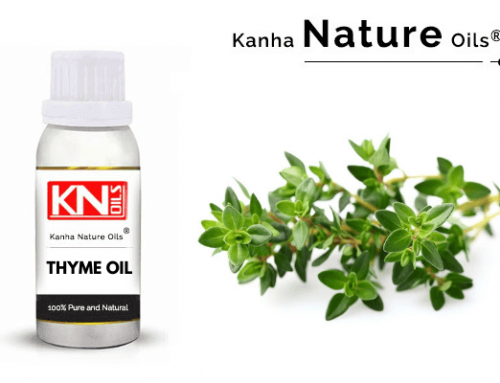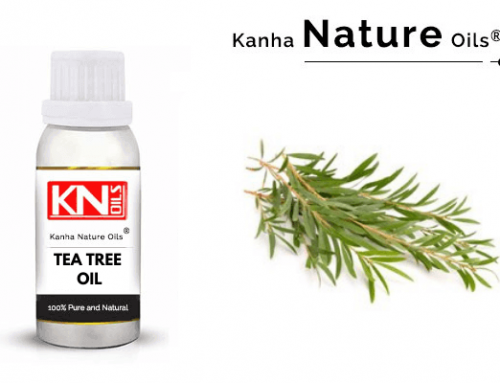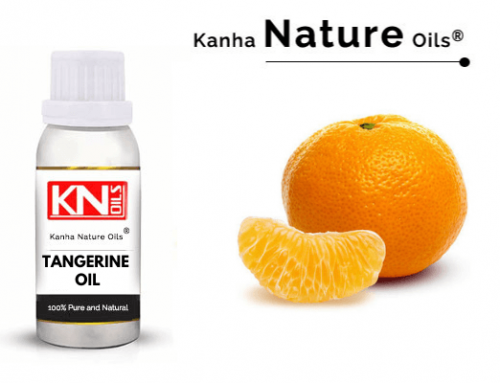SAFFRON OIL

- Botanical Name: Crocus sativus
- CAS No.: 8022-19-3
- Flash Point (°C): 85
- Refractive Index: 1.4730 to 1.4870 at 20°C
- Specific gravity: 0.9140 – 0.9208 at 25 °C
- Optical Rotation (°): -3 to -5
- Color:Light yellow
- Solubility: Soluble in alcohol & oils and insoluble in water
Description:
Saffron is the dried part of the stigma and style of Crocus sativus. Stigma and style are part of the flower. Phytochemical studies have shown the presence of more than 100 non-volatile and volatile constituents in saffron.
The three main biologically active constituents are as under:
(i) Crocin: A carotenoid pigment responsible for the characteristic color of the saffron.
(ii) Picrocrocin: Glycoside of safranal, responsible for the bitter taste. It is the precursor of safranal.
(iii) Safranal: It is the volatile constituent (essential oil) responsible for the characteristic aroma of the saffron.
The quality of saffron depends on the concentration of these three main biologically active constituents providing the unique color, taste, and flavor of the saffron.
At present, Iran, India, Spain, Greece, Morocco, and Italy are the major saffron producers. In India, saffron is widely cultivated in Kashmir. The major saffron-importing countries are Germany, Italy, the USA, United Arab Emirates Switzerland, the United Kingdom, and France.
Cultivation and Harvesting:
Saffron is cultivated in a wide range of environments with mild to dry climates. Cultivation is done through corms, which are underground stems that grow under the soil. For a long time, saffron has been neglected since it was considered a minor crop used only for agricultural diversification. The seeds produced by flowers of saffron are sterile, thereby, saffron propagated via vegetative propagation through corm.
The Crocus sativus plant likes dry, warm weather, tolerates light snow, the soil should be loamy, sandy, and calcareous with a pH of the soil is around 5.5 to 8.0.
There are three varieties of saffron cultivated in India, especially in Kashmir which are Lacha Saffron, Aquilla Saffron, Creme Saffron. The corms are planted directly into the dug pits. The pits are dug 10-15 cm deep with an interplant distance of around 10-15 cm. In Kashmir, Pampore and its neighboring areas which are situated at a distance of 15 kilometers from Srinagar, are famous worldwide for their high-grade saffron. In India, saffron Corms are cultivated during the months of July to mid-September. The flowers are plucked in October and November.
During harvesting, the atmospheric condition should not be hot and early morning harvesting is the ideal time for plucking flowers. Saffron oil is extracted from saffron stigmas and the style of the flower and is known to have a wide range of benefits for skin, hair, and overall health.
Odor profile:
Woody, spicy, and hay-like fragrance
Major Constituents:
Safranal (2,6,6-trimethyl-1,3- cyclohexadien-1-carboxaldehyde) α-Isophorone (3,5,5-trimethyl2-cyclohexen-1-one) β-Isophorone, 2,2,6-trimethyl-1,4-cyclohexanedione, 4- ketoisophorone, 2-hydroxy-4,4,6-trimethyl-2,5-cyclohexadien-1- one, 2,6,6-trimethyl-1,4-cyclohexadiene-1- carboxaldehyde .
Application:
~ Saffron essential oil is antitympanites, analgesic, strengthens memory power, controls blood pressure disorders, cures respiratory disorders, cures rheumatism, carminative, medicine for the heart ailments, nervine tonic, aphrodisiac, sedative, anticarcinogenic and antioxidant.
Aromatherapy:
In aromatherapy, Massage, inhalation, and diffusion of saffron essential oil help in treating acne, tones skin, prevents hair loss, treatment for respiratory ailments, protect from UV rays and other environmental pollution.
WHY SHOULD YOU ASK
our latest catalog
We just want our customers to see how our industry prices are simple & best fit for them. For this you need to be updated from our side on daily basis. Ask our updated latest catalog with latest pricing. One more thing! our three fundamentals never change. We are committed with best price, purity & inhouse variety manufacturing. Want to know what they are? Find it here.




